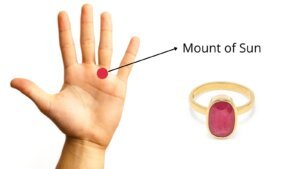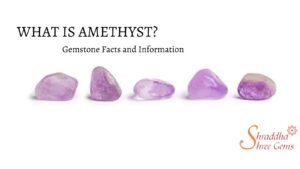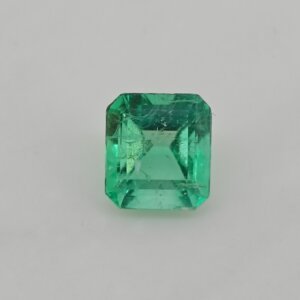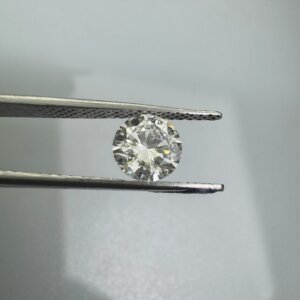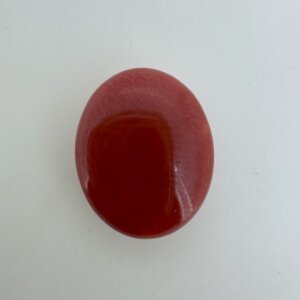When it comes to classic and timeless jewelry, Real Pearl pieces hold a unique charm. From elegant pearl necklaces to delicate earrings, pearls have always symbolized grace and purity. However, with the increasing availability of artificial or cultured alternatives, distinguishing a Real Pearl from an imitation can be tricky. Whether you are buying pearls for yourself or as a gift, knowing how to identify a genuine one is crucial to ensure your investment and style shine truly.
What Makes a Pearl “Real”?
A Real Pearl is formed naturally when an irritant (like a grain of sand) enters the soft tissue of a mollusk or oyster. The mollusk secretes layers of nacre, a shiny substance, around the irritant over time, resulting in a beautiful lustrous pearl.
On the other hand, imitation pearls are made from glass, plastic, or resin beads coated with a pearlescent substance to mimic the real look. Cultured pearls, although grown with human intervention, are still considered Real Pearls because they develop layers of nacre just like natural ones.
So, when identifying authenticity, both natural and cultured varieties fall under the category of Authentic Pearl, while imitation or fake ones do not.
Why It’s Important to Identify a Real Pearl
Knowing how to identify a Real Pearl is essential for several reasons:
Value & Investment: Genuine Pearls hold significant value, while fake ones have little to none.
Durability: A Genuine Pearl lasts for generations when properly cared for.
Authenticity: Wearing Genuine pearls brings not only style but also emotional and cultural significance.
Healing & Energy Benefits: Many believe Real Pearls have calming and balancing energies—something fakes cannot replicate.
Key Features of a Real Pearl

When determining authenticity, there are certain physical and visual traits that set Real Pearl apart from artificial ones. Here’s what you should look for:
1. Surface Texture
An Authentic Pearl will have a slightly gritty or rough texture when rubbed against your teeth, whereas fake pearls feel smooth or slippery. This “tooth test” is one of the simplest and most reliable methods to identify authenticity.
2. Luster and Shine
The luster of a Genuine Pearl is deep and natural—it seems to glow from within. In contrast, imitation pearls often have a flat or overly glossy shine that appears artificial under light. A genuine pearl’s shine changes slightly as you move it under light due to its layers of nacre.
3. Shape and Size
No two Real Pearls are perfectly identical. They come in various shapes—round, oval, button, baroque, or drop-shaped. Perfectly round pearls are rare and more valuable. Fake pearls, however, are often uniformly shaped and sized, which can be a sign of mass production.
4. Weight
A Real Pearl feels heavier and more substantial compared to a fake pearl of similar size. The weight difference is noticeable when you hold both types in your hand.
5. Temperature
A genuine pearl feels cool to the touch initially but warms up gradually with your skin temperature. Fake pearls usually feel room-temperature from the start and don’t change when you hold them.
6. Drill Holes
Inspect the holes drilled in your pearls. A Real Pearl has neat, small holes with nacre visible around the edge. Fake ones often show chipped coating, uneven holes, or visible glass/plastic underneath.
Simple Tests to Identify a Real Pearl at Home
You don’t always need professional equipment to verify the authenticity of your pearls. Here are a few easy tests to help identify a Real Pearl:
1. The Tooth Test
Gently rub the pearl against your front teeth. If it feels gritty or sandy, it’s likely a Genuine Pearl. If it feels smooth, it’s probably fake.
2. The Light Test
Hold the pearl under bright light. A Real Pearl will show depth, slight imperfections, and multiple hues when rotated. Fake ones look too perfect and uniform.
3. The Touch Test
Hold the pearl in your hand for a few seconds. A Genuine Pearl will feel cool initially and then warm up. A fake one remains the same temperature.
4. Magnifying Glass Test
Under magnification, a Real Pearl shows fine surface ridges and irregularities, while fake pearls appear smooth and glassy.
5. Rubbing Two Pearls Together
If you gently rub two Authentic Pearls together, they will produce a fine powder due to the nacre layers. Fake ones won’t, and may just slip past each other without resistance.
Professional Testing for Real Pearls
If you’re buying high-value pearls or a pearl jewelry set, professional authentication is recommended. Jewelers and gemologists use several advanced techniques to confirm whether your piece is a Real Pearl:
X-Ray Examination: Genuine Pearls show concentric growth rings, while fakes have solid cores.
Microscopic Inspection: Experts can identify the nacre’s layering and natural imperfections.
Certification: Reputable sellers often provide authenticity certificates confirming your pearl is real and natural or cultured.
Always purchase from trusted jewelers who specialize in Real Pearl jewelry and provide transparent details about origin and grading.
Types of Real Pearls
There are several varieties of Real Pearl, each with its own distinct beauty and value. Understanding them helps you identify what kind you’re purchasing.
1. Natural Pearls
Formed without any human intervention, these are the rarest and most expensive type of Real Pearl. They are found in the wild and have unique shapes and colors.
2. Cultured Pearls
These are grown under controlled conditions by inserting a nucleus into the oyster. Still considered Genuine Pearls, they are more accessible and available in various types such as:
Akoya Pearls: Known for their round shape and mirror-like shine.
Freshwater Pearls: Found in mussels and available in various pastel shades.
Tahitian Pearls: Famous for their exotic dark hues—black, grey, or green.
South Sea Pearls: The largest and most luxurious Real Pearl type, usually golden or white.
Each type offers a different look, but all are authentic Pearls with genuine nacre formation.
Caring for Your Real Pearls
Once you’ve confirmed your pearls are genuine, proper care is essential to maintain their beauty and longevity. Here are some tips to preserve your Real Pearl jewelry:
Avoid Chemicals: Keep pearls away from perfume, hairspray, and cosmetics.
Wear Them Often: Pearls benefit from natural skin oils that maintain their luster.
Clean Gently: Wipe your Authentic Pearl with a soft cloth after each use.
Proper Storage: Store pearls separately in a soft pouch to avoid scratches.
Avoid Excess Heat: Never expose your Real Pearl to extreme temperatures or direct sunlight for long periods.





